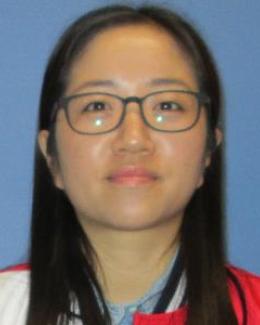Abstract
Superbase-derived task-specific ionic liquids (STSILs) represent one of the most attractive and extensively studied systems in carbon capture via chemisorption, in which the obtained CO2 uptake capacity has a strong relationship with the basicity of the anions. High energy input in desorption and side reactions caused by the strong basicity of the anions are still unsolved issues. The development of other customized STSILs leveraging an alternative driving force to achieve efficient CO2 chemisorption/desorption is highly desirable yet challenging. In this work, carbanion-derived STSILs were developed for efficient CO2 chemisorption via a carboxylic acid formation pathway. The STSIL with the deprotonated malononitrile molecule ([MN]) as the anion exhibited much higher CO2 uptake capacity than the one derived from 2-methylmalononitrile ([MMN]). Notably, this trend was opposite to their basicity ([MN] < [MMN]). Detailed characterization of the products, supported by density functional theory simulations of spectra and calculations of the reaction energetics, demonstrated that carboxylic acid was formed upon reacting with CO2 via proton transfer in [MN]-derived STSILs but not in the case of [MMN] due to lack of an α-H. The preference of the carboxylic acid product over carboxylate formation was driven by the extended conjugation among the central sp2 carbon, the as-formed carboxylic acid, and the two nitrile groups. The achievements made in this work provide an alternative design principle of STSILs by leveraging the extended conjugation in the CO2-integrated product.




